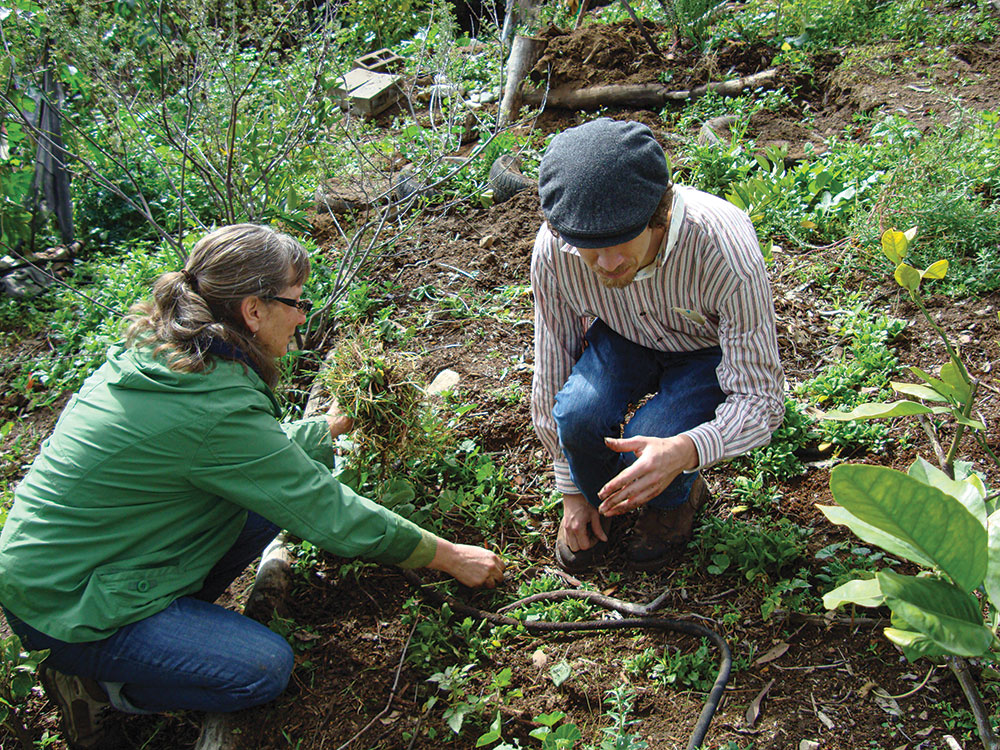You can be discreet and grow food in an urban environment.
From a survival standpoint, one of the obvious problems of urban living is that all the food production takes place miles away on the dedicated parcels of lands officially called “farms.” In addition, most city-dwellers seem content to go to local stores to purchase their needed food items rather than grow food themselves.
All is well when the machinery of modern society runs smoothly. But what happens during a natural disaster or a strike?
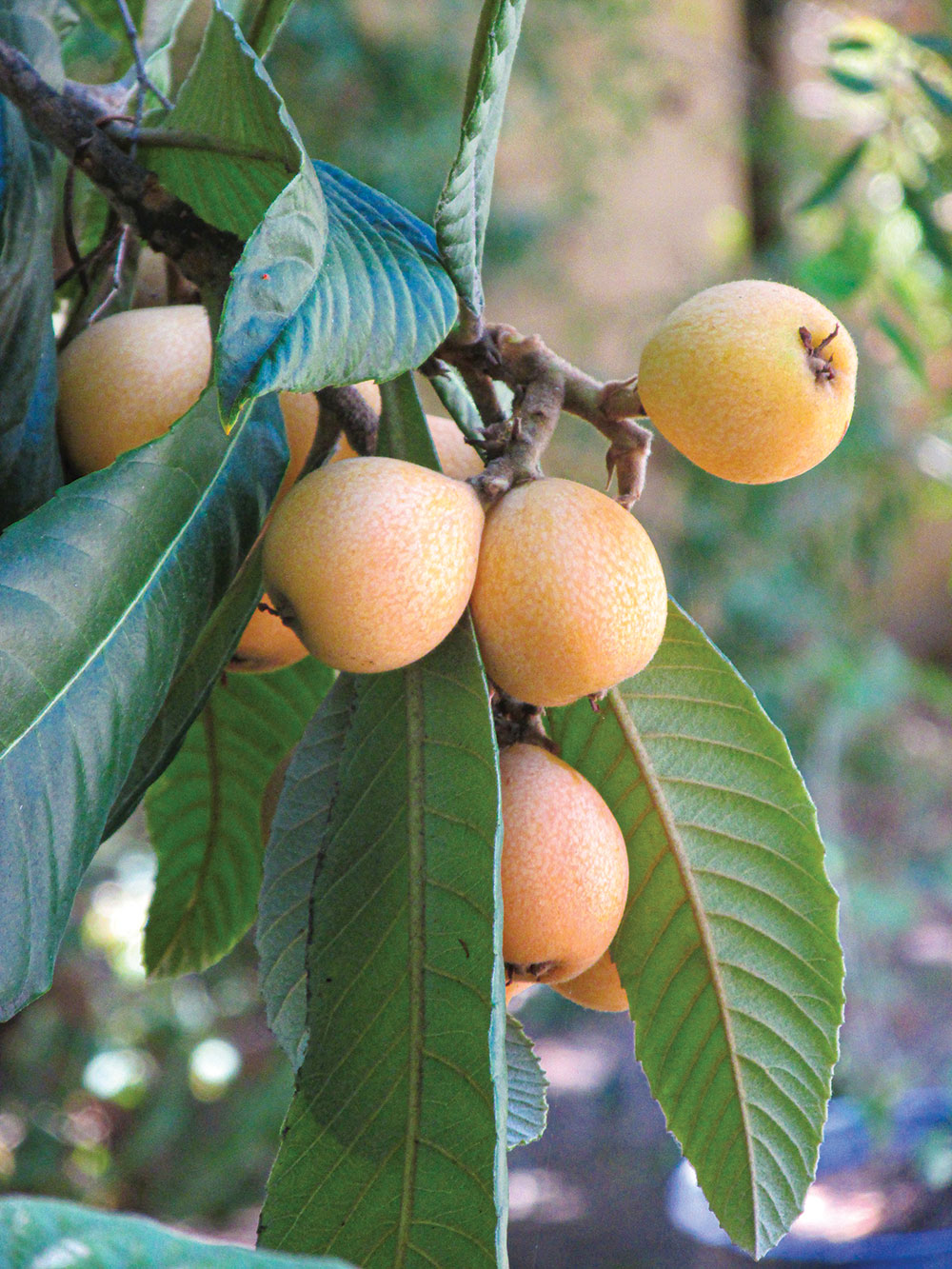
Isn’t it possible to grow food on your small urban plot? Yes, it’s definitely possible, and more and more people are doing it.
Most residential neighborhoods—even some apartment complexes—have little bits of land to grow food. Whether it’s a front yard, backyard, side yard, rooftop or a vacant lot next door, it can be pressed into service for food production.
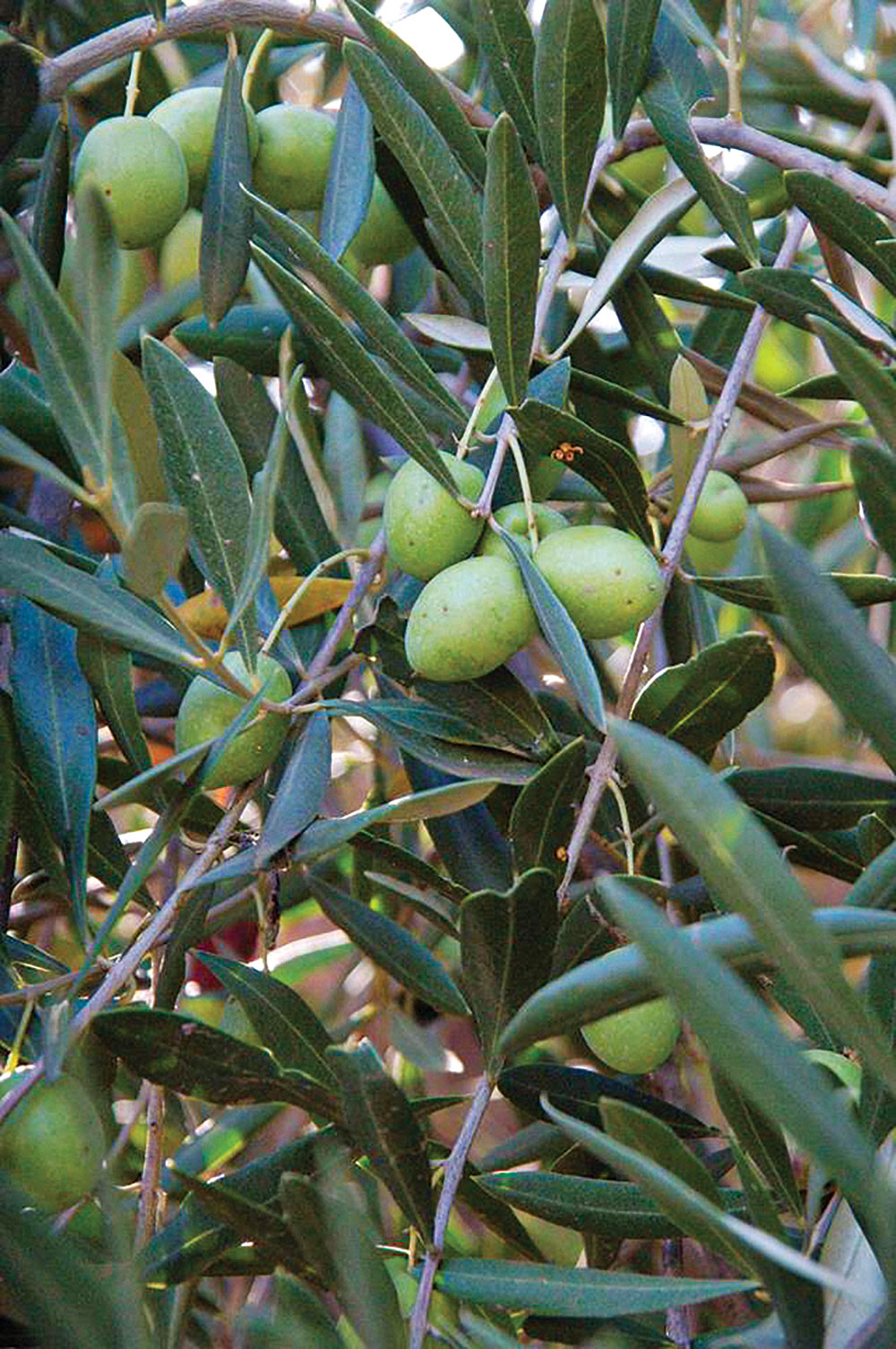
Not everyone follows the “Golden Rule
Unfortunately, another downside of urban life is that not everyone follows the “Golden Rule.” Some folks have settled into a life of comfort, complacency and crime. They can be content to steal from you when the chips are down. They’d rather steal from your “victory garden” rather than do the work that’s required to grow something for themselves.
“When you plant your inconspicuous garden, make it look random, even untended. You want it to look like an overgrown, wildish area, not a food-producing cornucopia.”
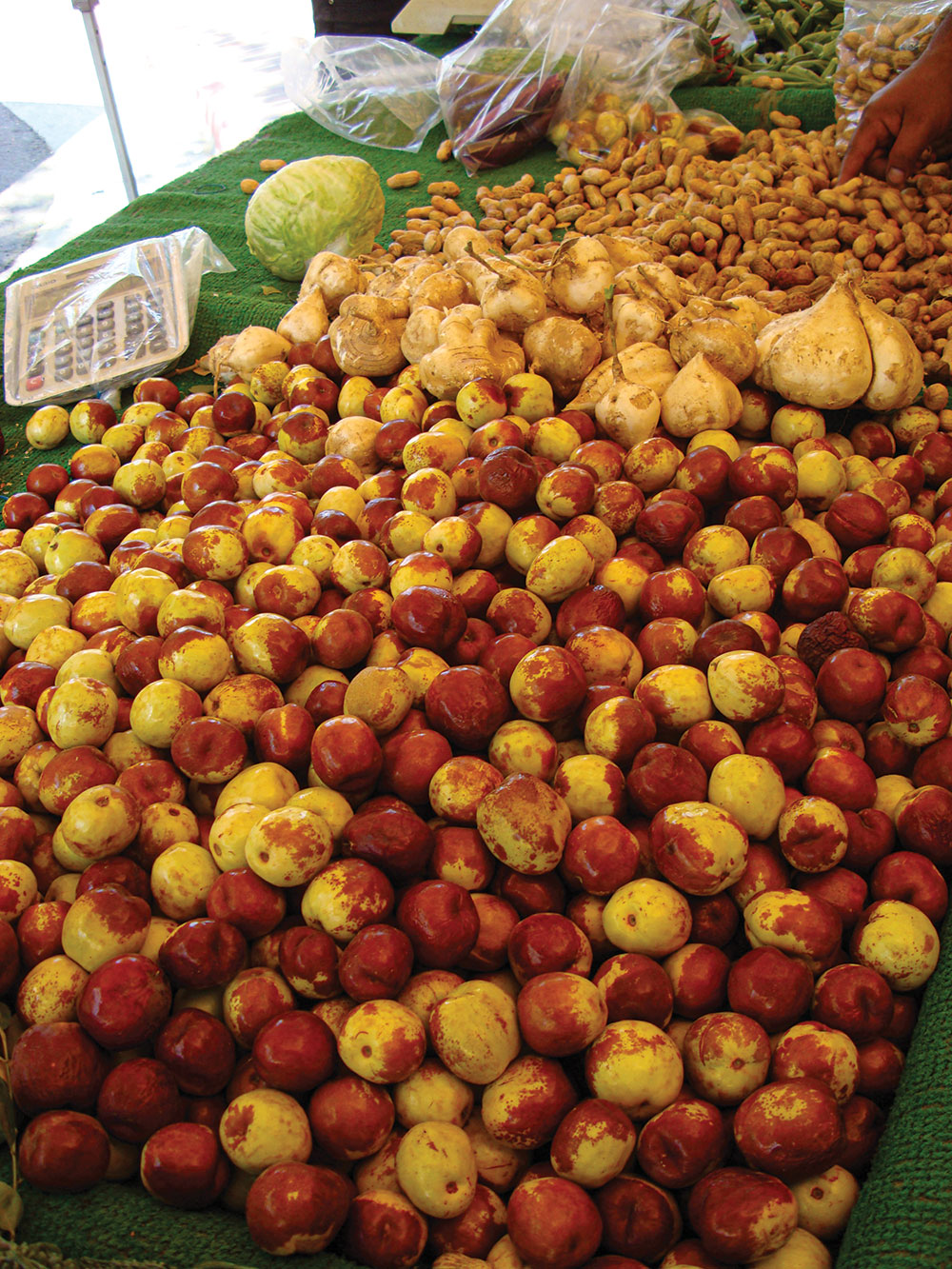
By contrast, you’re unlikely to find this mindset in true rural communities. Part of the reason is that everyone knows everyone in the countryside, and so you wouldn’t get away with stealing from your neighbor for very long.
Another reason is that in true rural communities, the very fact that you’re living there means that you know how to survive there—which nearly always includes growing some of your own food. (And then, there’s the fact that nearly everyone in rural areas carries a firearm of some sort.)
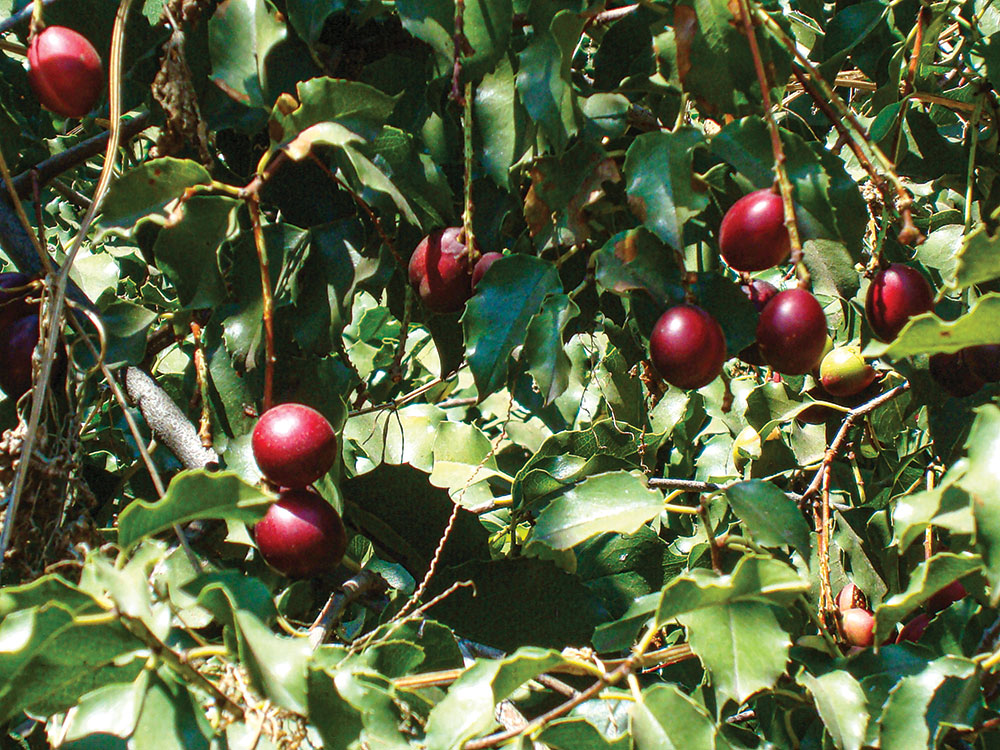
OK; back to the urban wilderness. I admit that I admire walking down my suburban street and seeing a beautiful, raised-bed vegetable garden. It’s just the kind of garden I wish I had the time, energy and desire to build. However, I can’t help but think that in the aftermath of an urban disaster, many others will also see that same front yard garden as a free meal.
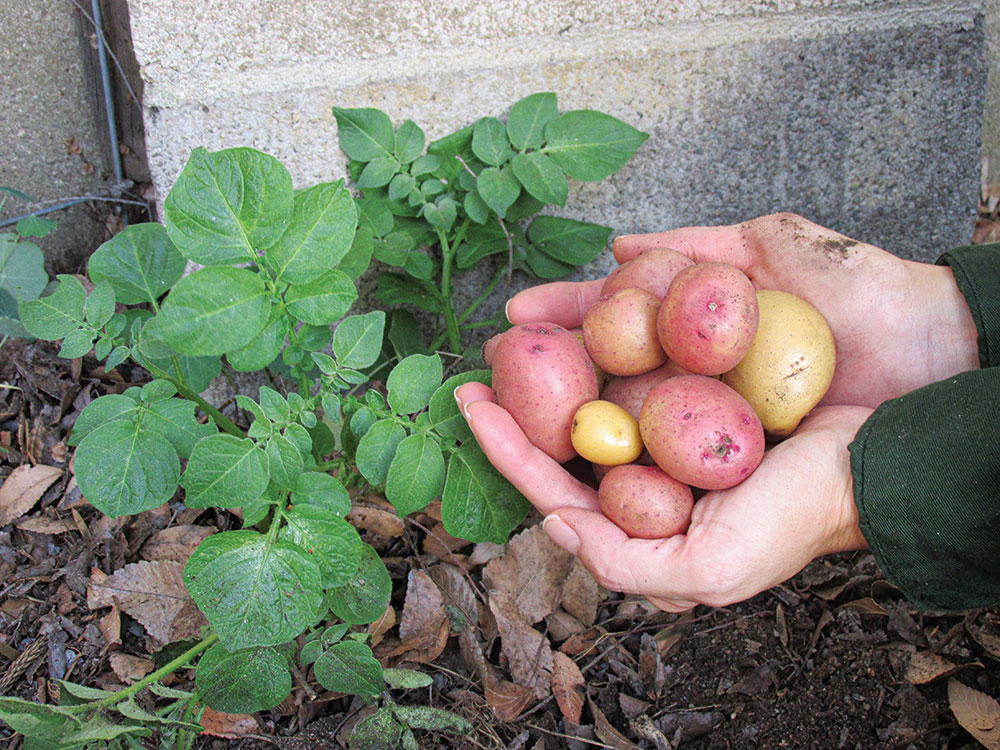
So, how can you grow food in your yard—and do it inconspicuously so it doesn’t actually look like a food garden and doesn’t attract would-be thieves?
First, forget about rows and raised boxes that shout, “Come, steal me!”
WILD EXAMPLE
Think about creating a yard that looks like what you might find in the wild. Begin by making a list of all the common native plants in your area that are also edible or that have edible parts. Contact a local native nursery to see which of these you can readily obtain and plant in your yard. You’d be surprised how many native plants will grow easily with little care.
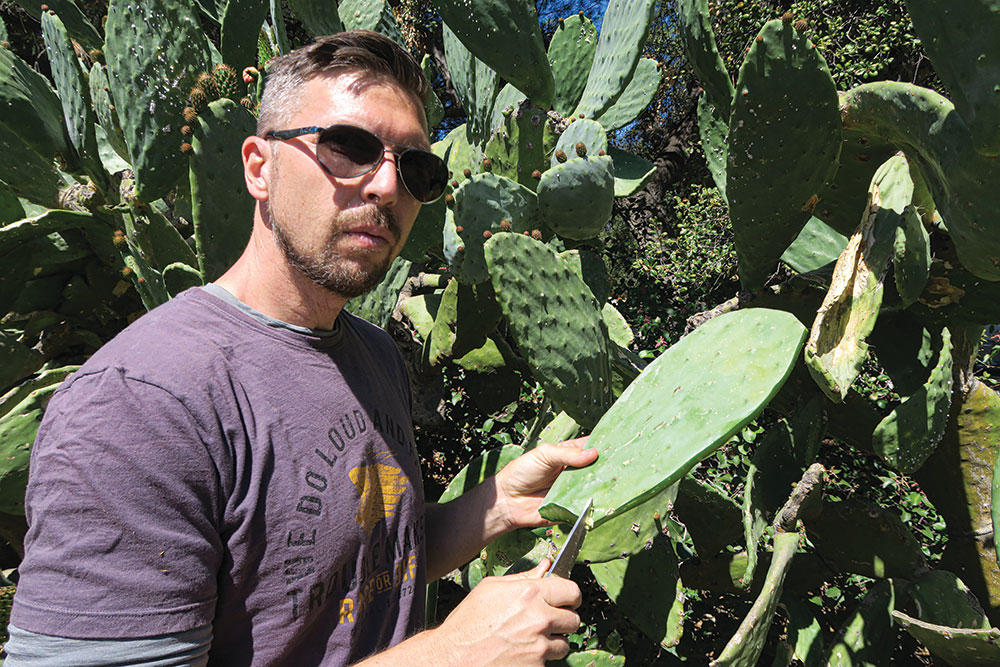
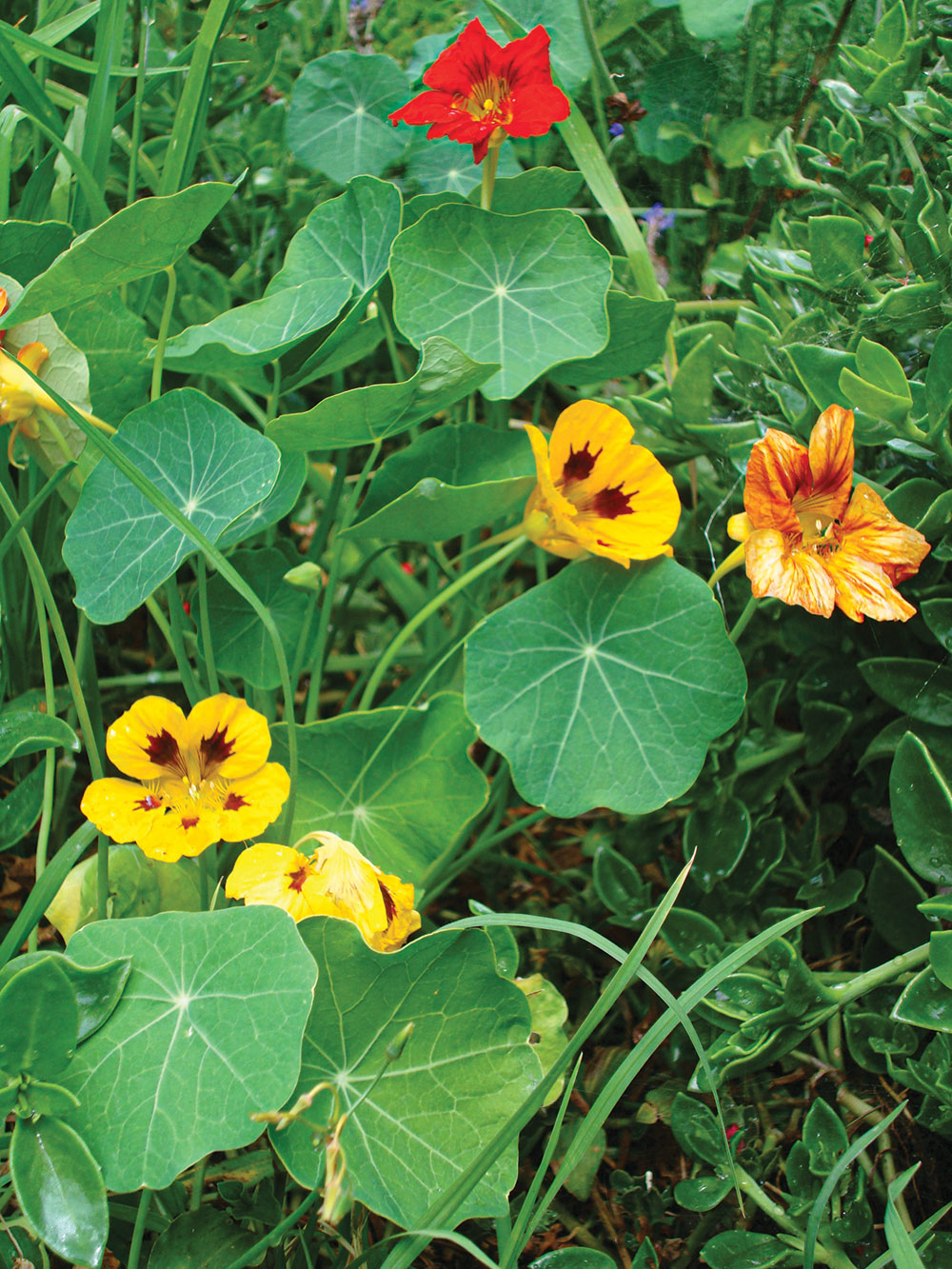
When you plant your inconspicuous garden, make it look random, even untended. You want it to look like an overgrown, wildish area, not a food-producing cornucopia.
Let’s break it down to trees, bushes and vines and then to the green, leafy plants whose leaves or roots you might eat.
TREES
Wherever you live, there are native trees that produce nuts or fruits that can be planted as a “phantom” garden in which you’re creating a native garden and food at the same time. Various species of walnuts, cherries, apples and oaks (for the acorns) are widespread. Consult a local native plant society to see what grows best where you live.
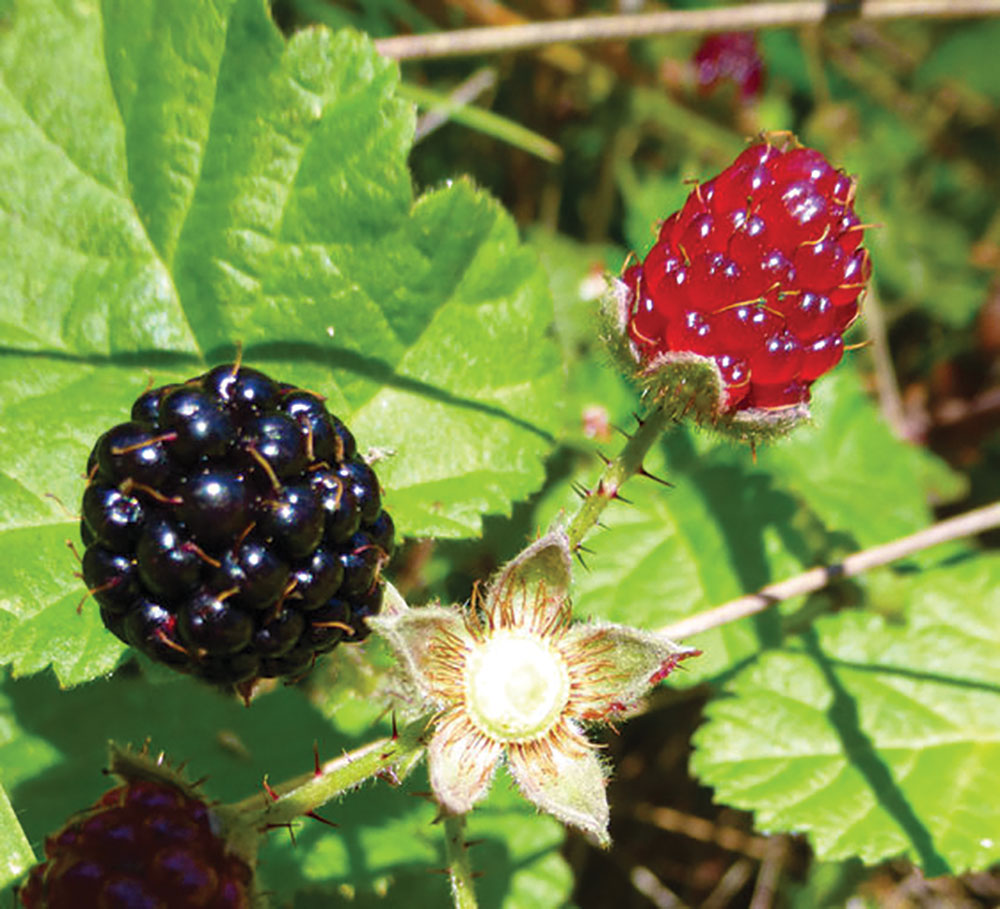
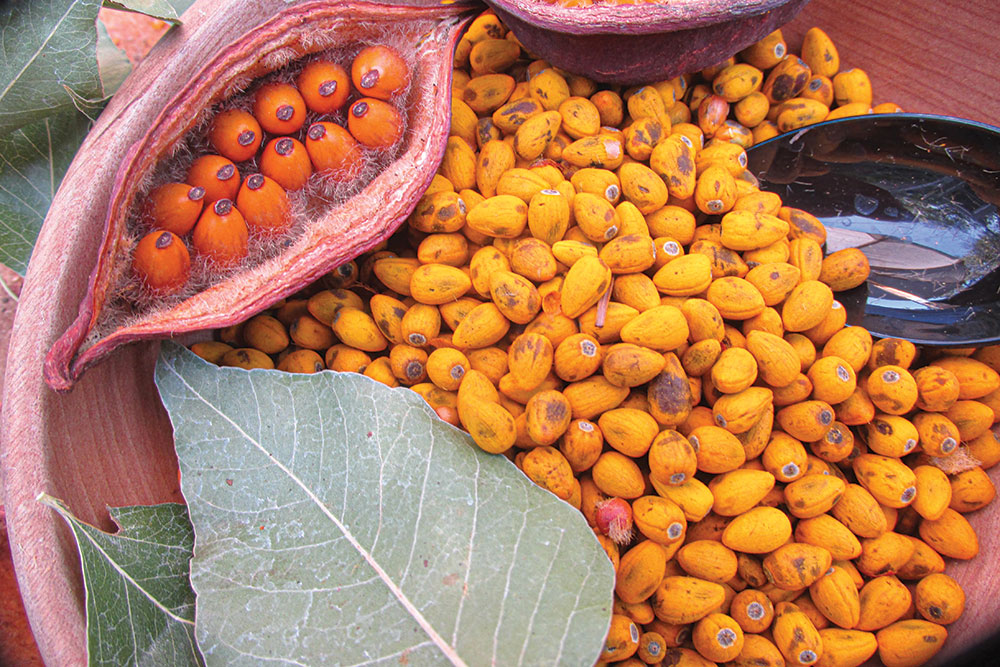
Common fruit-bearing trees can also be interspersed into a wild garden so they’re less conspicuous. There are varieties of apples and stone fruits that’ll grow nearly everywhere, and they’re great when fruiting. Some of the lesser-used fruit trees include guava, mulberry, loquat and figs—and these simply blend in.
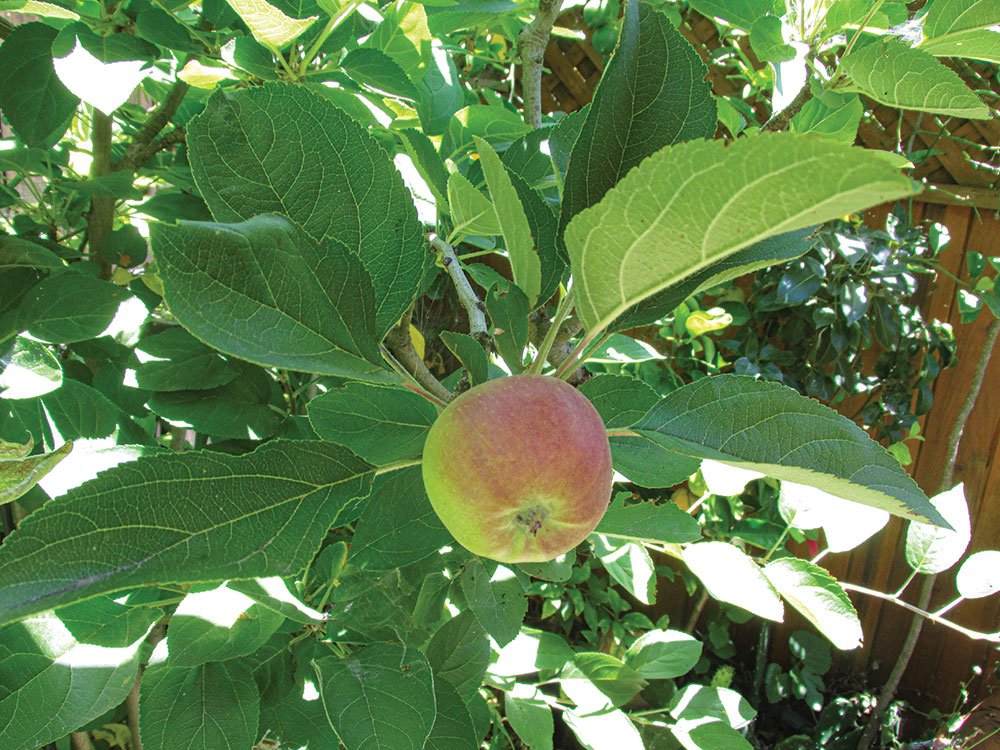
To make your fruit trees blend in, you have to plant somewhat randomly, here and there, with plenty of room for undergrowth and plants that prospective marauders will simply think are “useless ornamentals.” Look at how things grow in the wild forest. Yes, you’ll find solid patches of certain trees, but you’ll also find variety—some big, some small—along with undergrowth and lots of stuff on the fringes. Think “mini-forest” when you plan your urban survival garden.
VINES
Vines make great borders for locations in which you don’t want dogs and/or people entering your property … so the thornier, the better. Blackberries and their various relatives can be grown in all parts of the country, and they produce excellent fruit in the summer. Their leaves also have good medicinal properties. In addition, grapes are easy to grow and are fairly inconspicuous fence-sprawlers most of the year.
GREENS
Wild and domestic green, leafy plants are easy to disperse randomly through a yard or field, giving the impression to the average person that it’s merely a field of “wild flowers.”
Of course, you should grow what you like to eat, but I’ve found that plants such as Swiss chard, collards, gobo, New Zealand spinach, orach and many others are easy to grow and provide nearly year-round food. A front lawn can be replaced with wild and domestic greens and herbs that provide food and spices throughout the year.
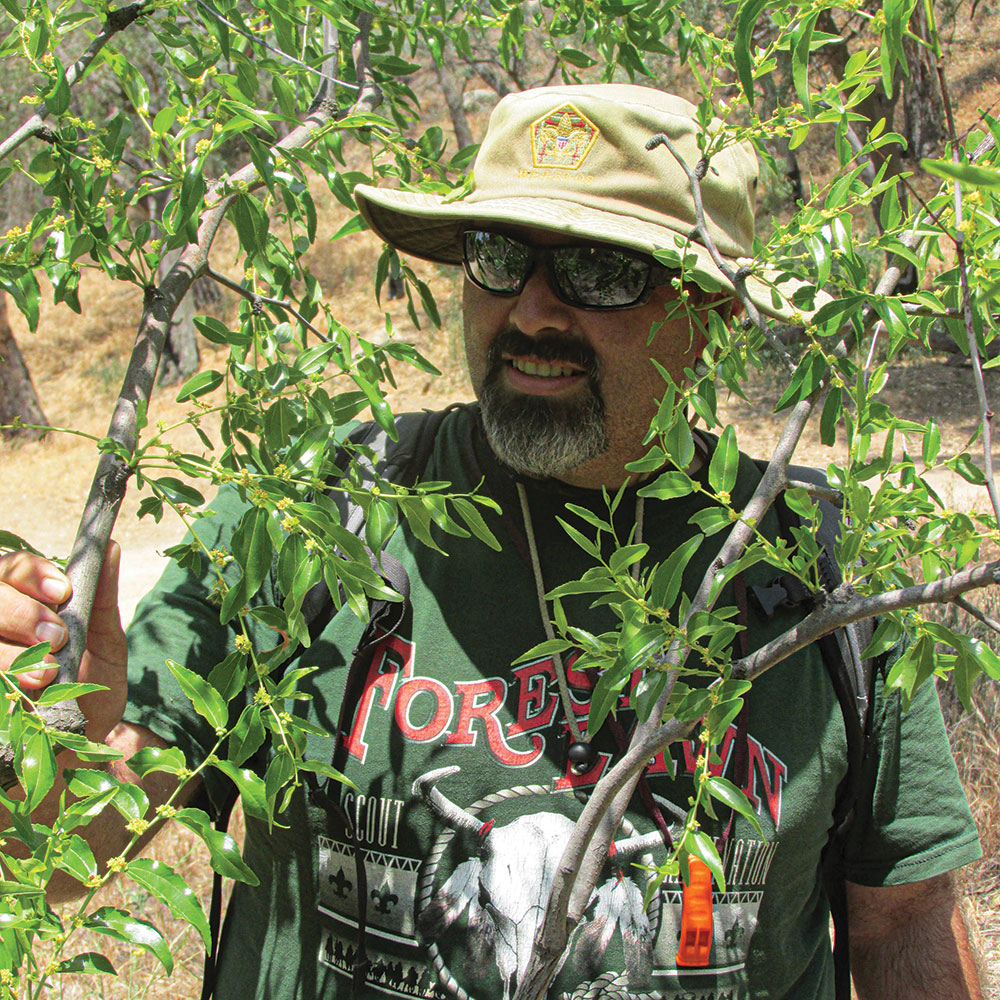
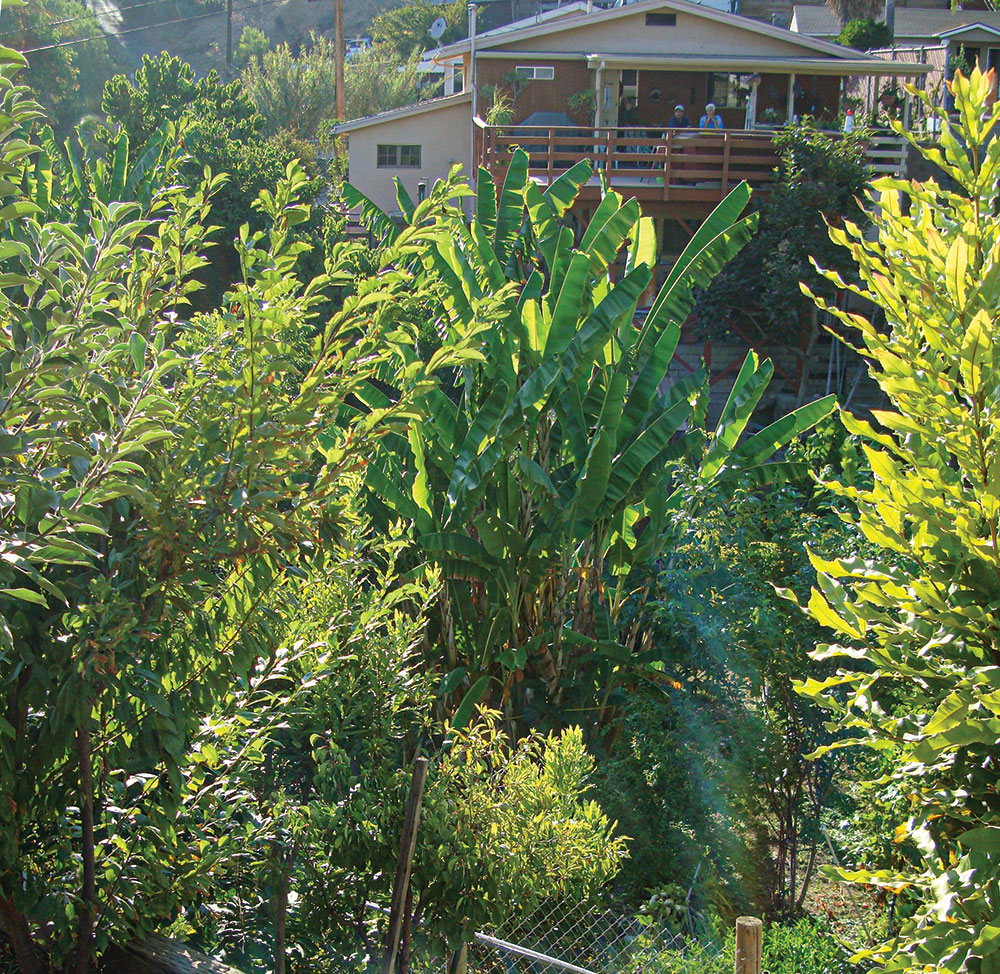
Strawberry plants can be allowed to grow wild, forming a ground cover. The leaves are available year-round as a tea, and the fruits can still be collected each summer.
Asparagus is an amazing perennial plant that’ll live about 50 years! You plant it on a border or as a hedge. For most of the year, it appears to be a ferny bush. Each spring, when the new shoots arise, you can pick them for your dinner.
THE LAWN
While we’re on the topic of what you do with your little plot of land, I think most people understand that a front lawn is pretty useless, unless your family uses that space to play football or other games. Lawns were big with English castle owners … until they began to realize the great, ongoing expense of money, water, fuel and time to maintain something just for looks.
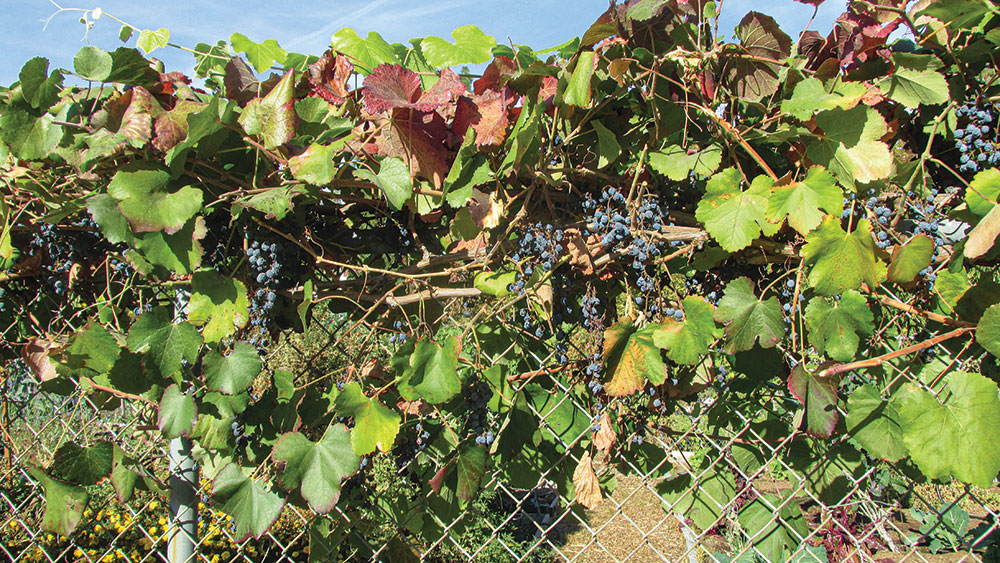
In the last few decades, the trend is toward growing herbs and sprawlers that are not only drought-tolerant and less demanding of care but are also inherently useful. People began to plant various useful and fragrant herbs instead of grass lawns—things such as chamomile and pineapple weed, various thymes and mints, low-growing vines and New Zealand spinach.
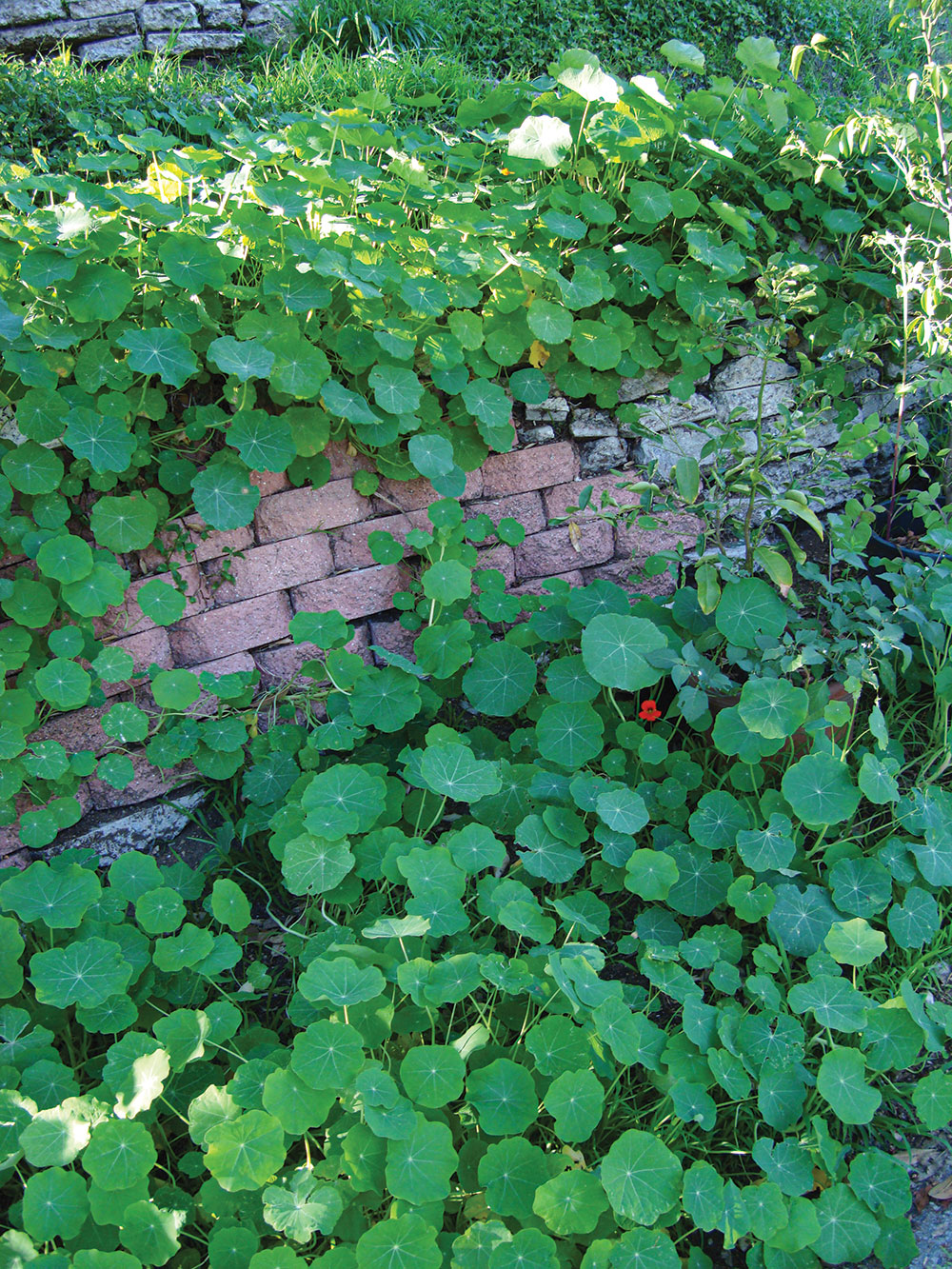
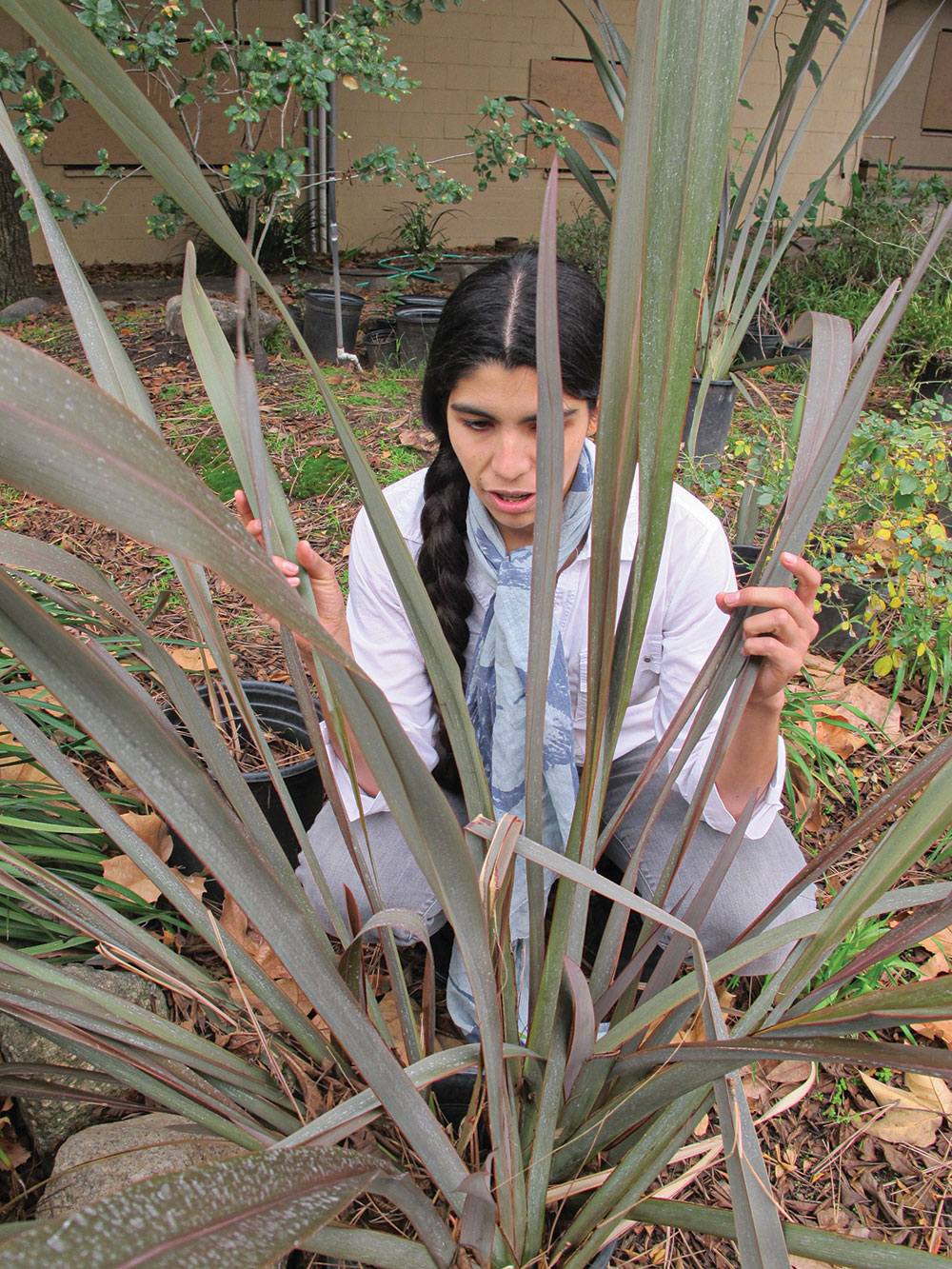
Such lawns can be sort of mowed, and although they might look unkempt to some eyes, they do provide a lawn appearance that requires less water and maintenance—while still providing tea, food, medicine and fragrance. Yet, to most folks walking by, that lawn is just another unkempt lawn.
LEARNING TO GARDEN
In the very beginning, back when I was still living with my parents in suburban Pasadena, I began to learn how to garden and also learn (by doing) what works and what doesn’t.
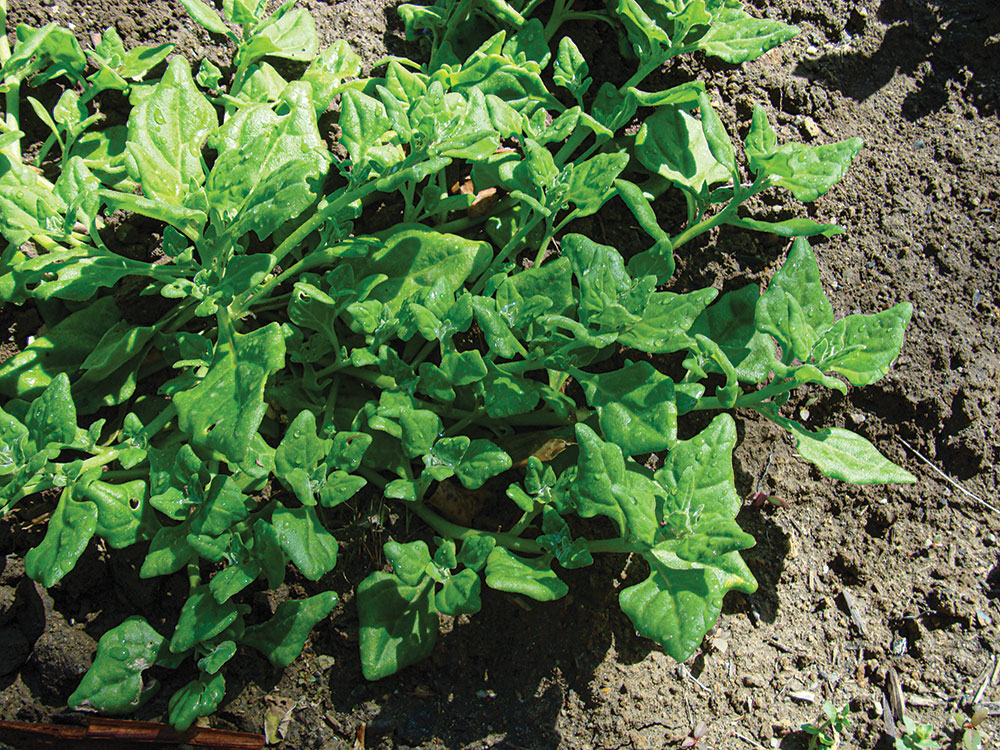
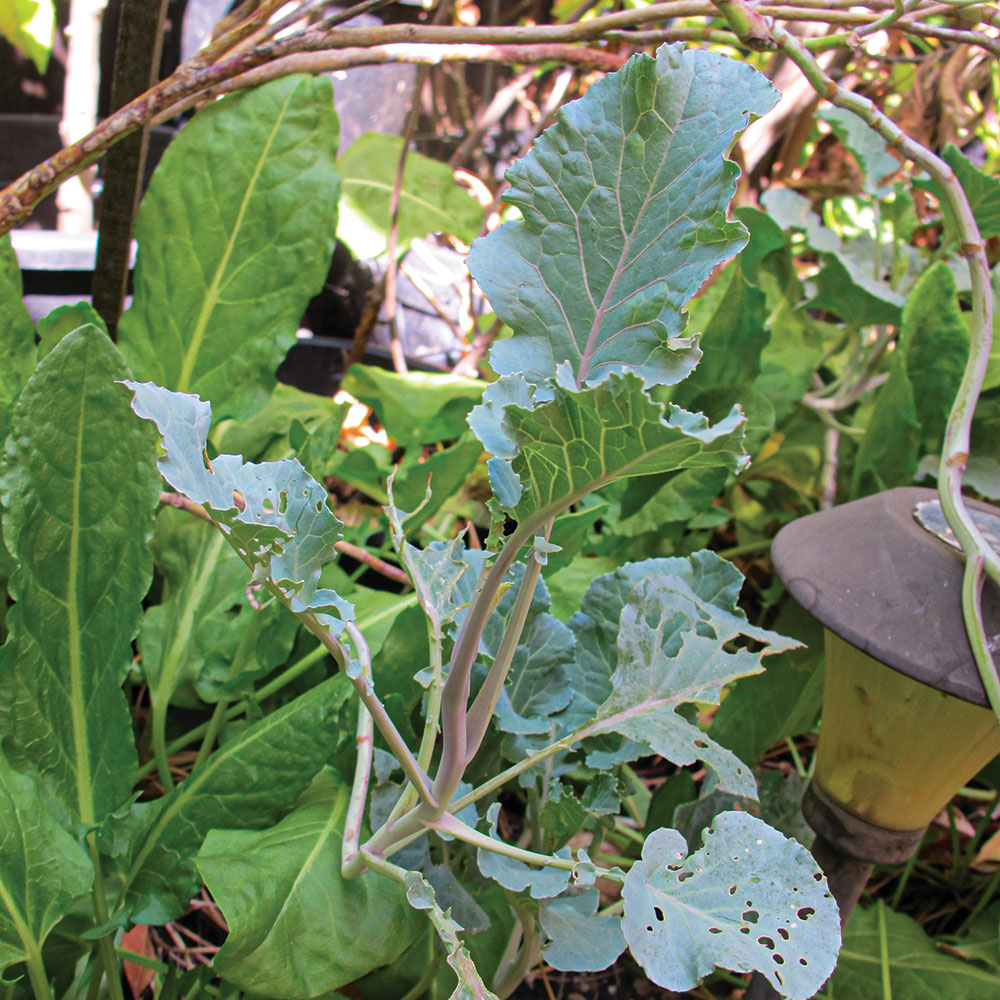
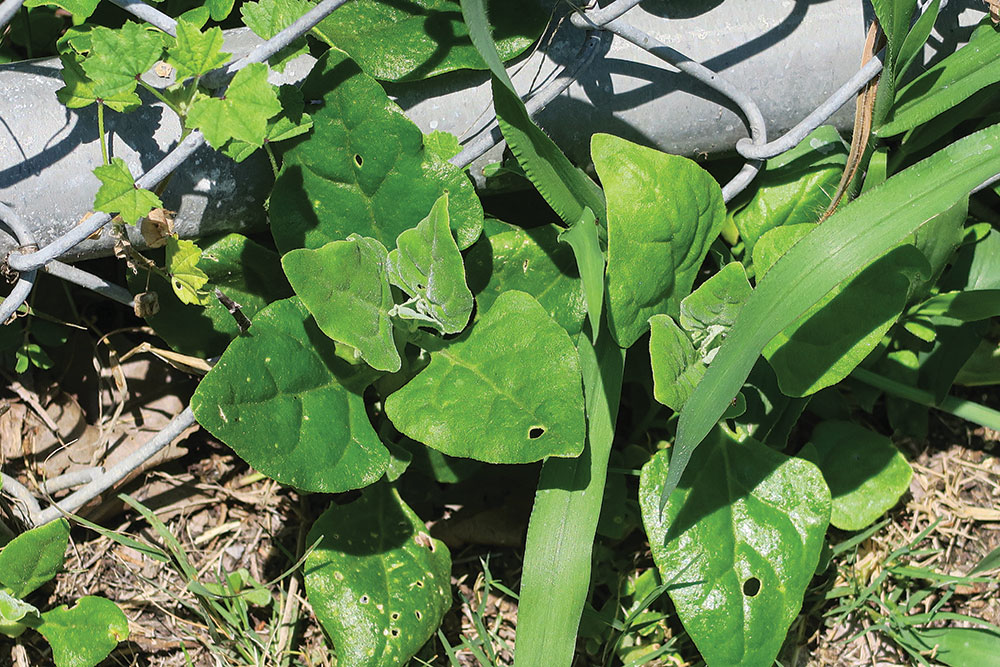
I already had the paranoid mindset that a comet could hit us any day. Any day, the world (well, at least our city) could devolve into urban anarchy, and mobs would be rushing into my garden to steal all my Swiss chard and tomatoes.
“ … I can’t help but think that in the aftermath of an urban disaster, many others will also see that same front yard garden as a free meal.”
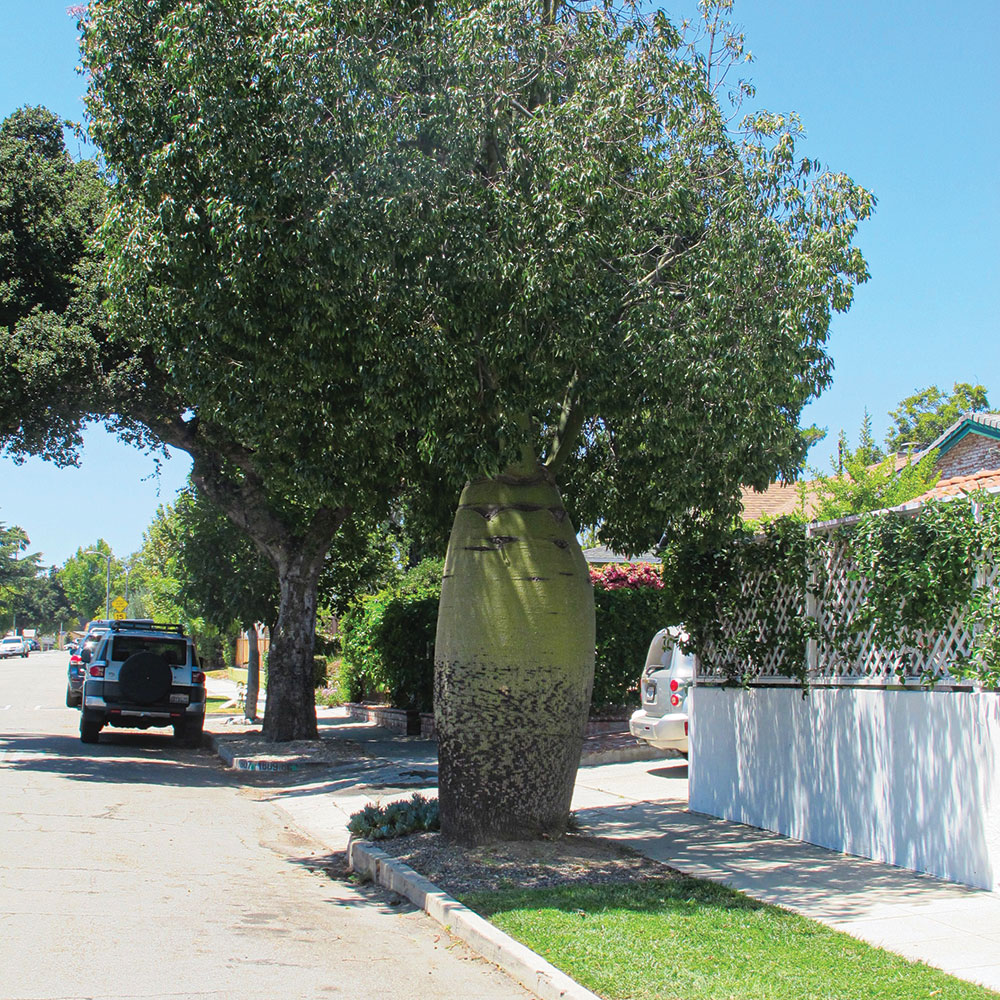
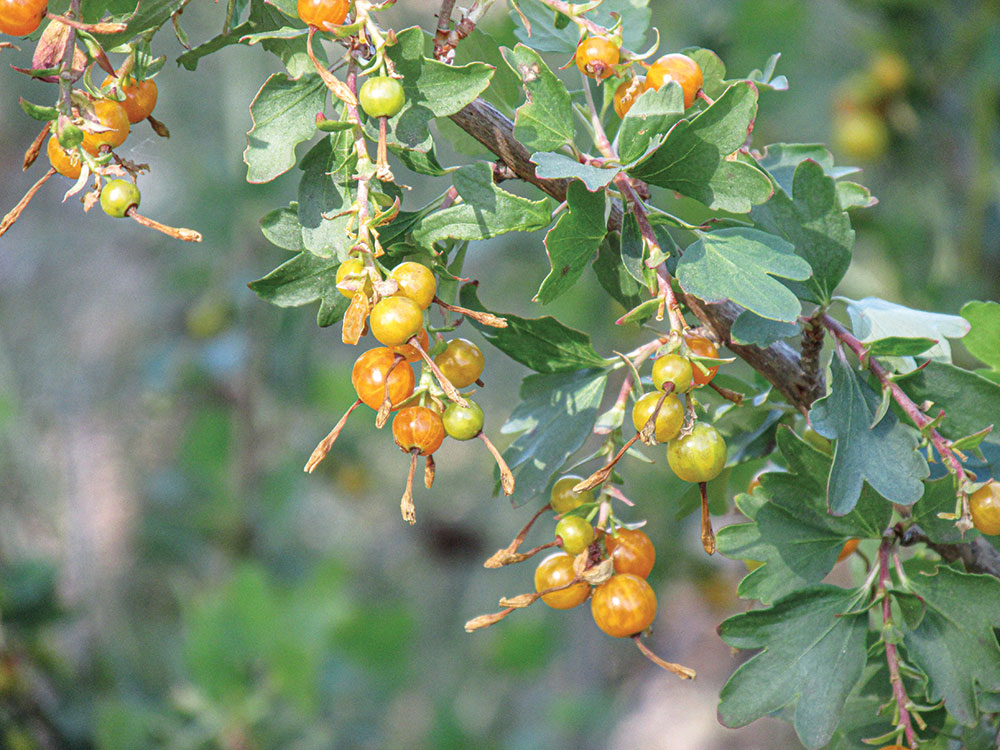
Well, that never happened, and I like to think that it was because it was really hard to tell that my garden patch was, indeed, a food garden. There were no neat rows, barely any paths and it was mostly a random hodgepodge of wild and domestic plants, although it all looked very wild and abandoned.
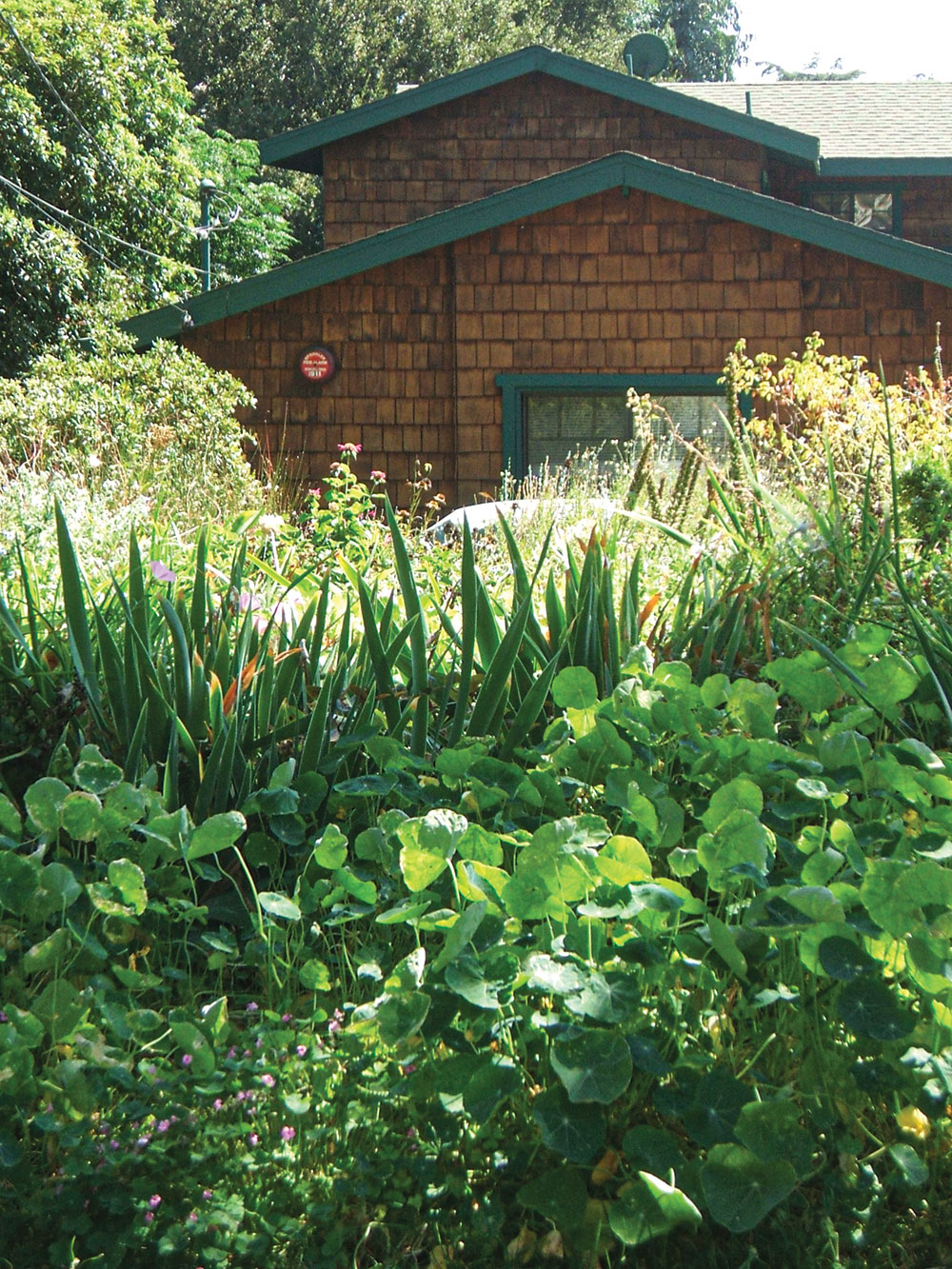
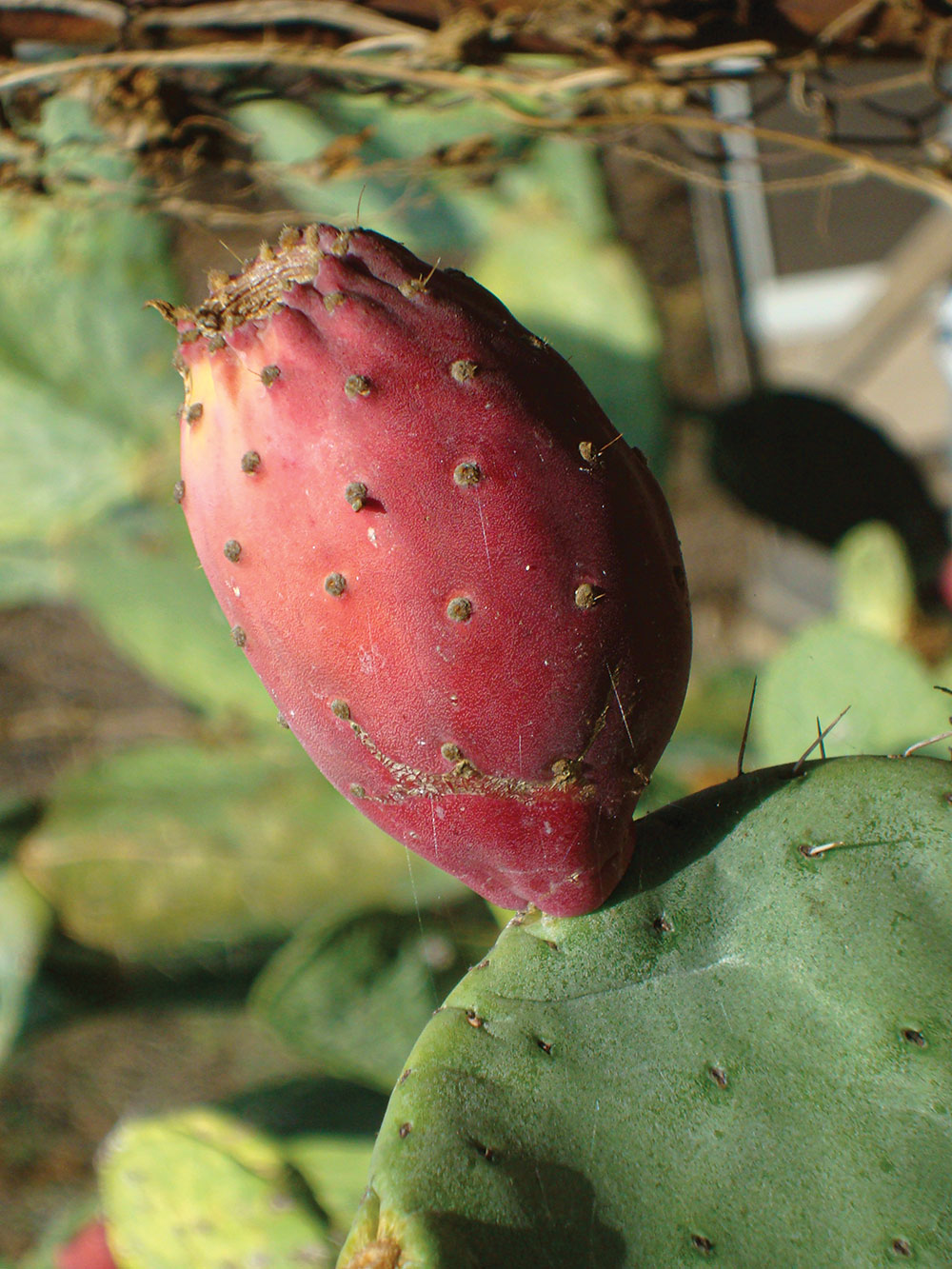
I grew potatoes by burying kitchen potatoes that had sprouted, and I was amazed how easy it was to produce a crop of potatoes.
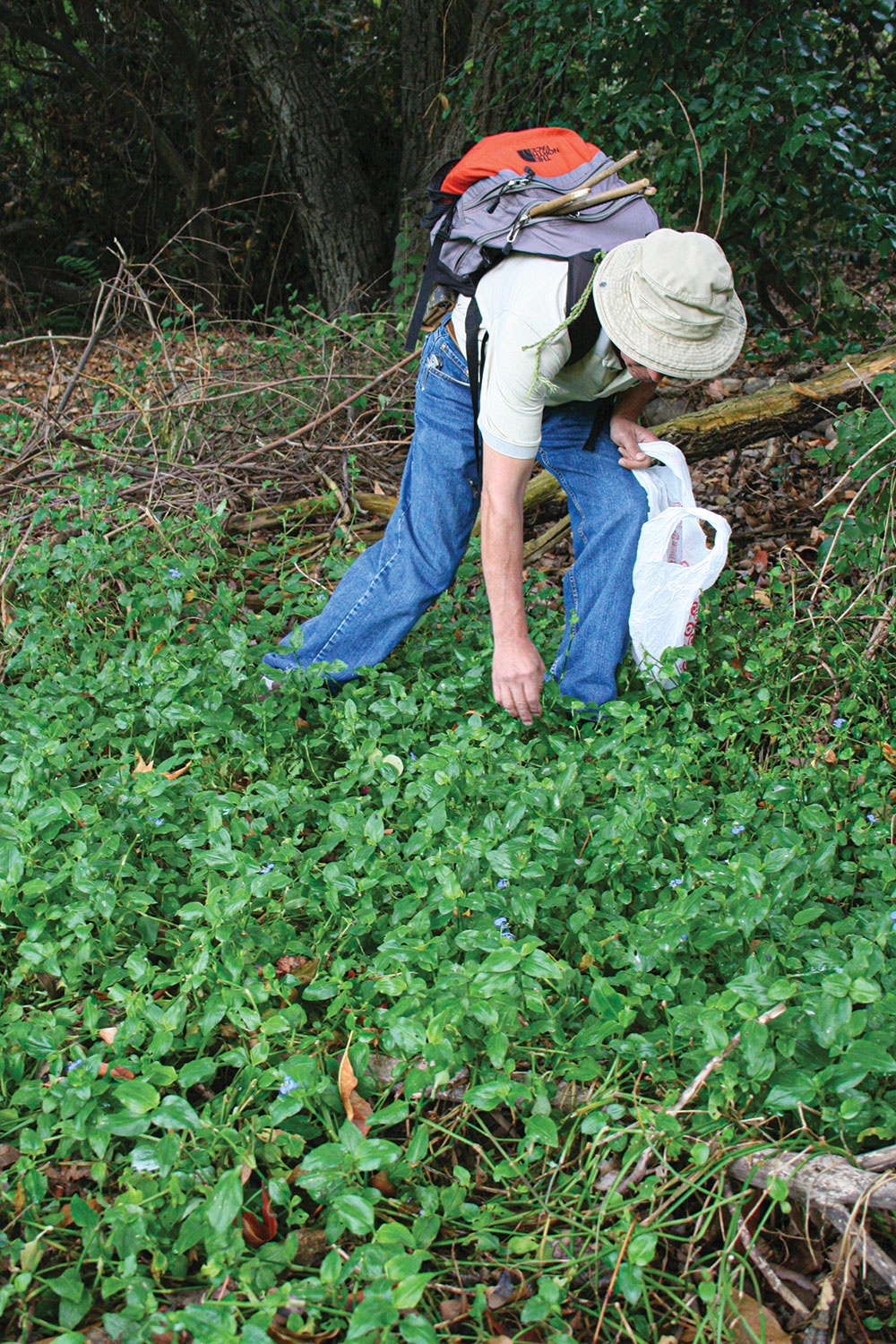
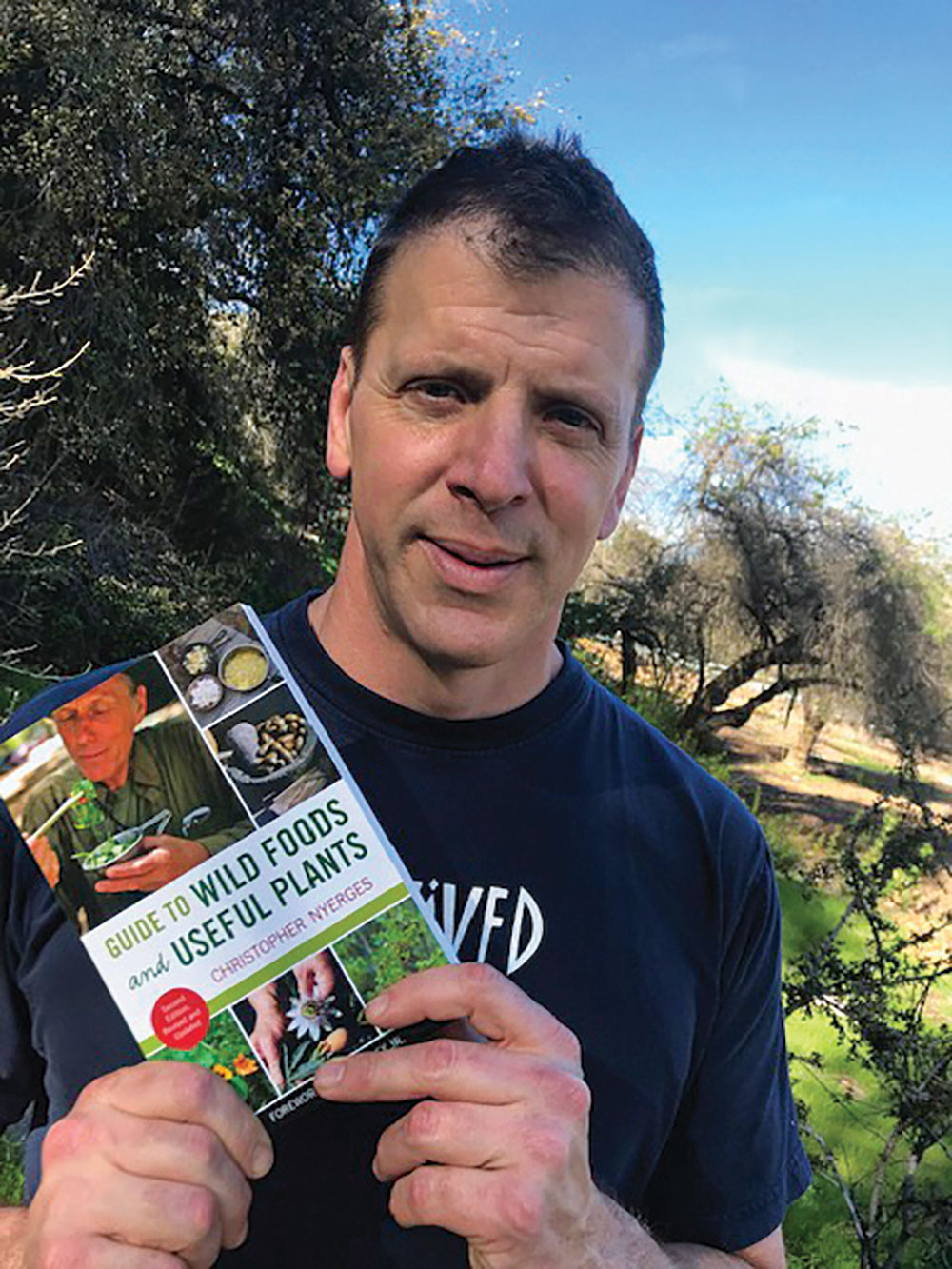
I also learned that all sorts of bugs like the plants you grow in your garden. However, the diversity of plants, along with lots of mulch (which improves the soil), seemed to be a good natural deterrent to many bugs.
MY ORCHARD GARDEN
When I lived in Highland Park, California, which was a hilly section of northeast Los Angeles, I was given permission to garden in an open acre behind my home. I could have created neat rows, but it was a hillside, and it wasn’t entirely fenced. Instead, I created a natural garden that just looked like a wild, unkempt hillside to most people.
I began with New Zealand spinach, which can be found in the wild along the West Coast, and seeds are readily available. Because New Zealand spinach is a perennial, I planted it once and let it spread and sprawl. Each year, it dropped many seeds, and eventually, there was nearly a carpet of this edible plant.
I’d pinch back the tender tips of this succulent spinach and add the greens to egg dishes, soups, salads, casseroles, etc. After growing this plant, I never understood why anyone would grow the regular spinach that needs to be replanted year after year after year.
I also planted Jerusalem artichoke, which looks like a sunflower when it matures. The edible portion consists of the spreading underground tubers that resemble ginger roots. This tuber is used in any way you’d use a potato, but you can also eat it raw. It’s very much like eating a carrot (but without the carotene).
Besides growing a few fruit trees that were randomly spaced on the perimeter, I also cultivated certain edible weeds that I enjoyed eating— chickweed, lamb’s quarter, mallow and sow thistle. Of course, any passersby seeing a field of weeds wouldn’t think this was food that they could steal; they’d just think, “No food here. Move along.
A SQUATTER’S GARDEN
I was a squatter for a year and a half in a somewhat rural part of Los Angeles. While living there, I arranged for a local tree pruner to dump a full truckload of wood chips into a fenced area of my yard.
I watered that wood chip patch; and, in time, I had rich soil that was ready for planting. I grew the traditional “three sisters” garden popular with the indigenous people of the American Southwest.
First, I planted blue corn, which eventually produced stalks about 6 feet tall that looked like a scruffy grass from a distance. I planted beans at the base of each corn plant and let them twirl up onto the corn stalks. Meanwhile, their roots “fixed” nitrogen in the soil (meaning that the beans were natural fertilizer for the corn).
I also planted a native gourd, which sprawled all over the place, producing a ground cover that kept water loss to a minimum. Eventually, I got some ducks, which loved to go into the corn patch, eat all the bugs … and simultaneously “fertilize” my garden.
(Editor’s note: For those of you who’d like to read more, the author wrote a Kindle book called Squatter in Los Angeles, in which he describes his experiences.)
EDIBLE ORNAMENTALS OR ORNAMENTAL EDIBLES?
When choosing what to grow in your yard, consider edible trees and plants that are also attractive or useful in some way. Roses are a traditional standard, but few know that its petals and fruits are excellent sources of vitamin C.
There are many common ornamental hedges that produce edible fruits, such as Eugenia, loquats and pyracantha. I even like the bronze flax plant, whose long leaves are an excellent source of fiber (for weaving, cordage, etc.).
A version of this article first appeared in the January 2022 issue of American Outdoor Guide Boundless.


